Article
9 best practices in refractive-cataract surgery planning
Author(s):
One of the most common questions I am asked by other surgeons is how to talk to patients about premium IOLs. It is so important to do this in an efficient but open, honest, and patient-centric way. Your job as a clinician and surgeon is not to sell anything. If you feel like you’re selling, you’re doing it wrong.
Here are nine best practices for doing it right:
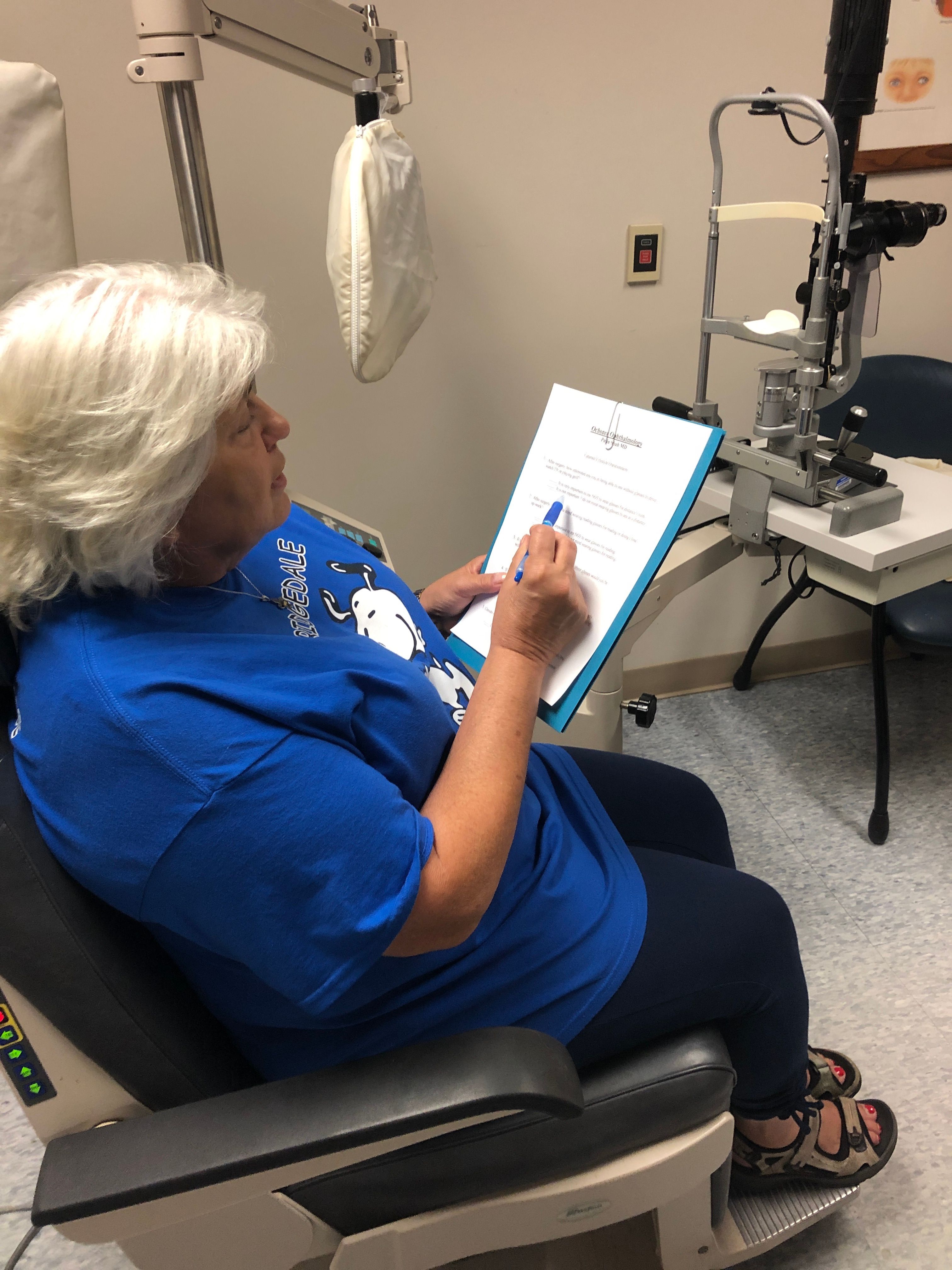
1. Engage the patient in healthcare decision making
Make sure the patient understands that there is a decision to be made, and that he or she has a say in that decision. Ideally, patients should be exposed to multiple opportunities to learn about cataracts and IOL lifestyle decisions before they get to the exam lane. This helps to keep your time in the exam lane efficient.
These opportunities can be low- or high-tech, ranging from an educational packet or website content to customized videos designed for smart phone or tablet viewing.
It is important to use something interactive-such as a lifestyle questionnaire-in addition to more “passive” educational videos. Asking patients about their hobbies, activities, and preferred distances can get them thinking about their visual needs.
In our practice, we take advantage of waiting time in the lobby and dilating room to show patients videos and give them time to complete a questionnaire.
NEXT: 2. Get to know the patient
2. Get to know the patient
The next step is for well-trained staff or the physician to talk to a patient about the answers in that questionnaire. It should only take a minute or two to follow-up on a few questions in a targeted manner.
For example, if a patient says he or she wants to be able to play golf without glasses, I might confirm whether he or she is still working and how much time is spent at a computer versus engaging in golf and other distance activities.
With low myopes who don’t wear bifocals, I want to have a significant conversation with them about how often they take their glasses off to read and how that will change after surgery.
I have even had a -5.50 myope who worked as a jeweler and was accustomed to using his myopia as magnification when examining diamonds. I needed to make sure he understood that we have no way of giving him that kind of near vision unless we make him myopic.
Finally, with patients who have monovision, I like to ask a few questions about that, rather than presume they are happy with it. In many cases, offering binocular extended-depth-of-focus IOLs is a better choice.
NEXT: 3. Do some doctoring
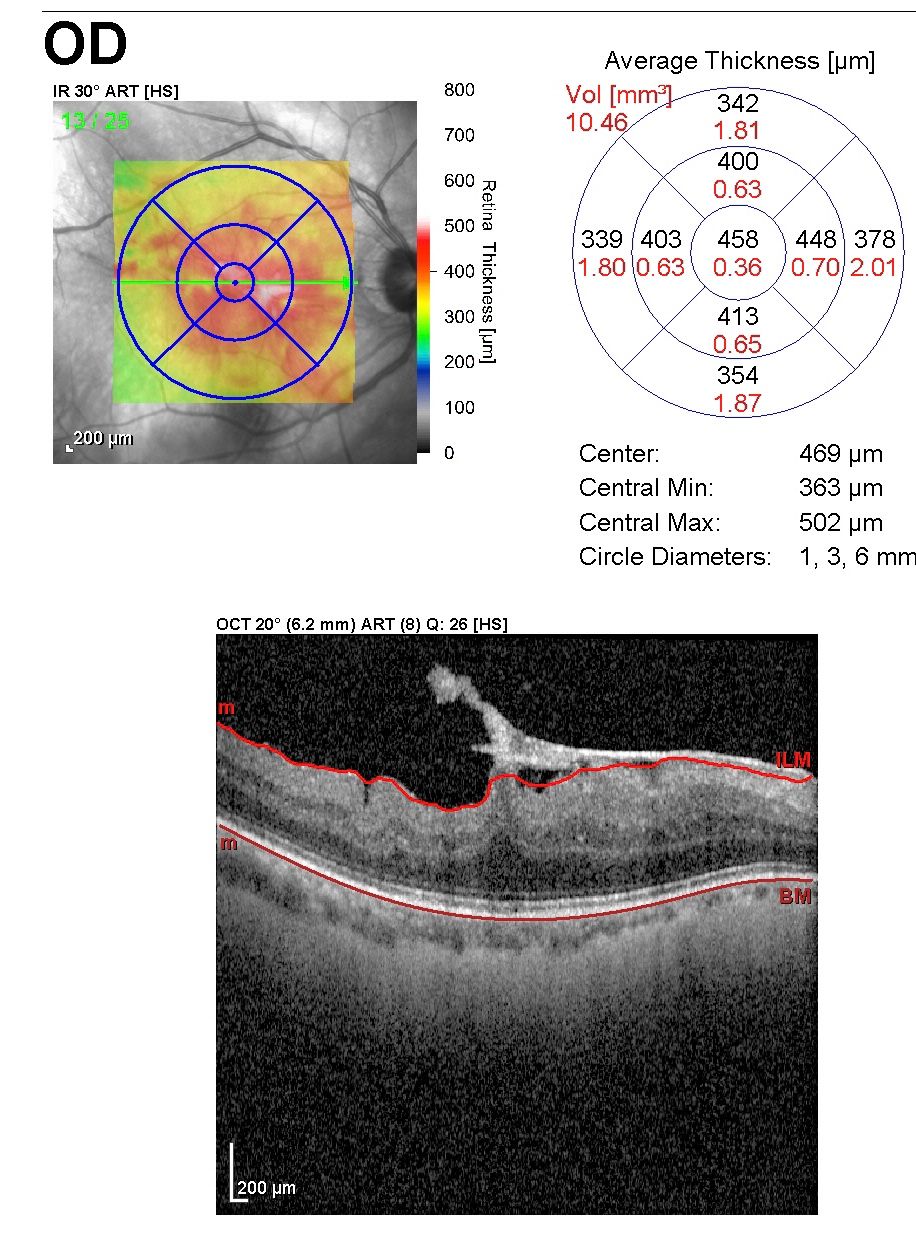
3. Do some doctoring
I believe the workup for every refractive cataract patient should include topography and OCT in addition to good biometry. These devices and the information they provide about the patient’s ocular anatomy dictate what options I can offer.
For example, in order to offer patients presbyopia correction, I want to see reliable astigmatism, axial length measurements, and a normal macula. In an eye with high or irregular astigmatism or an epiretinal membrane, my choices may be much more constrained. I need to know these details before any discussion with the patient about his options.
NEXT: 4. Understand the available IOL technologies
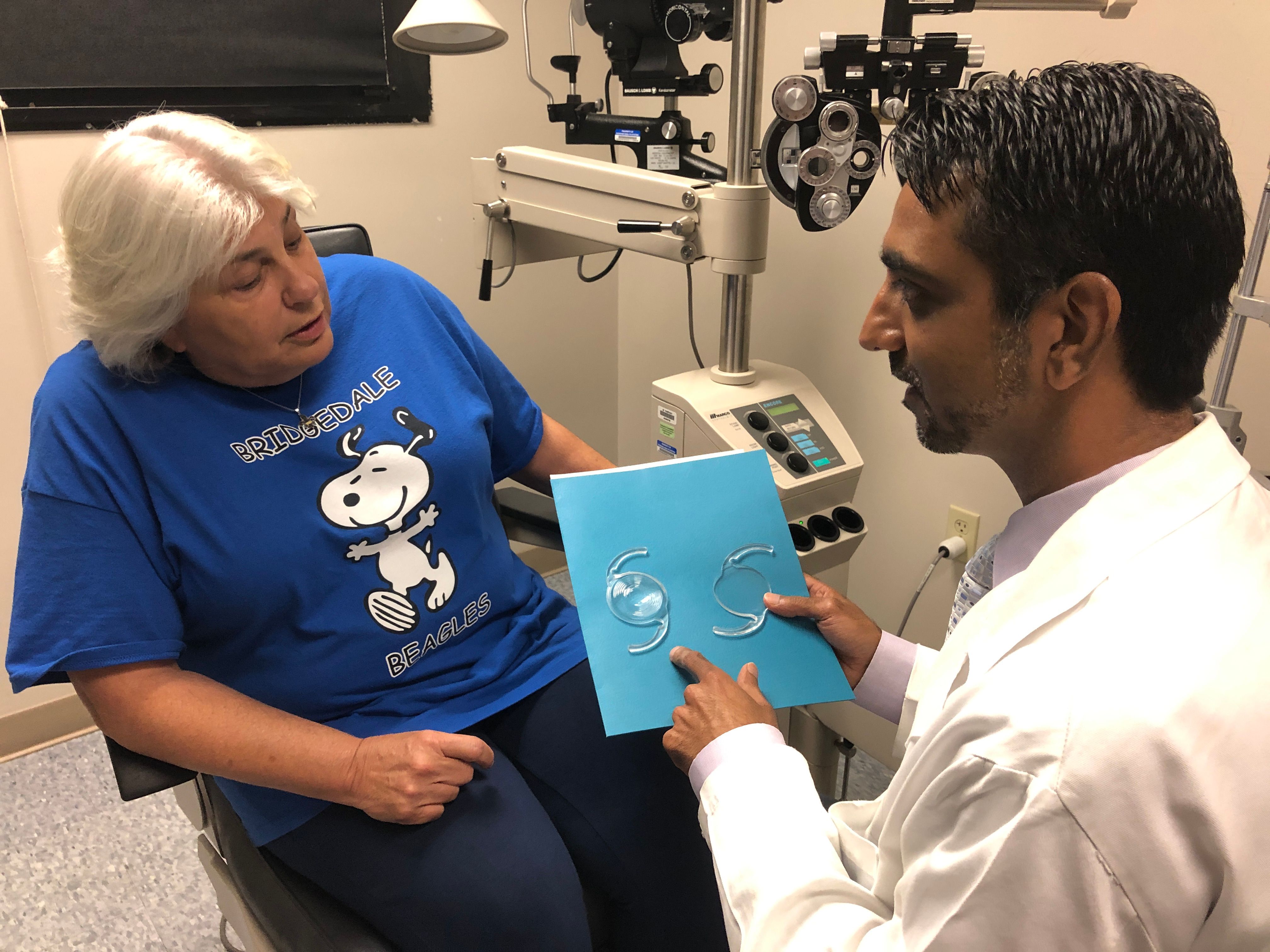
4. Understand the available IOL technologies
It’s incumbent upon surgeons to know what IOL technologies are available in the marketplace and what the strengths and weaknesses are of each-in your own hands and in your own experience.
Some physicians may "chicken out" by giving patients a menu of IOLs and pushing the decision-making entirely onto them. That’s unfair: Patients don’t have the clinical knowledge or experience with presbyopia-correcting technologies to make that decision.
Rather, they are coming to you for your professional advice on what technology will help them to best achieve their goals. Taking your experience and applying it to the patient in front of you is what makes a good clinician.
NEXT: 5. Personalize your approach
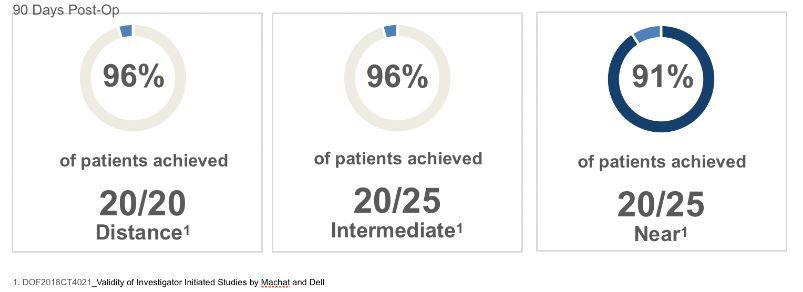
5. Personalize your approach
When I choose IOLs, I’m trying to select lenses that are truly tailored to the individual patient’s eyes and to their goals. That’s what patients want. For me, the most frequent choice is a Tecnis Symfony extended-depth-of-field (EDOF) lens-either bilaterally or, for those who want stronger near vision, paired with a mid-add multifocal in their nondominant eye.
For surgeons more comfortable with other lens platforms, the same concept of tailoring your selection to the best pair of lenses to meet the patient’s visual goals can be applied.
The important part is to utilize your experience to design and implement a good surgical plan-and then remain flexible to change the plan if needed after the first eye surgery. That way, both you and the patient get more satisfaction out of the overall surgical experience.
Above: Visual acuity achieved with the personalized vision combination of a Tecnis Symfony and a Tecnis Mutlifocal +3.25 IOL.NEXT: 6. Be conservative
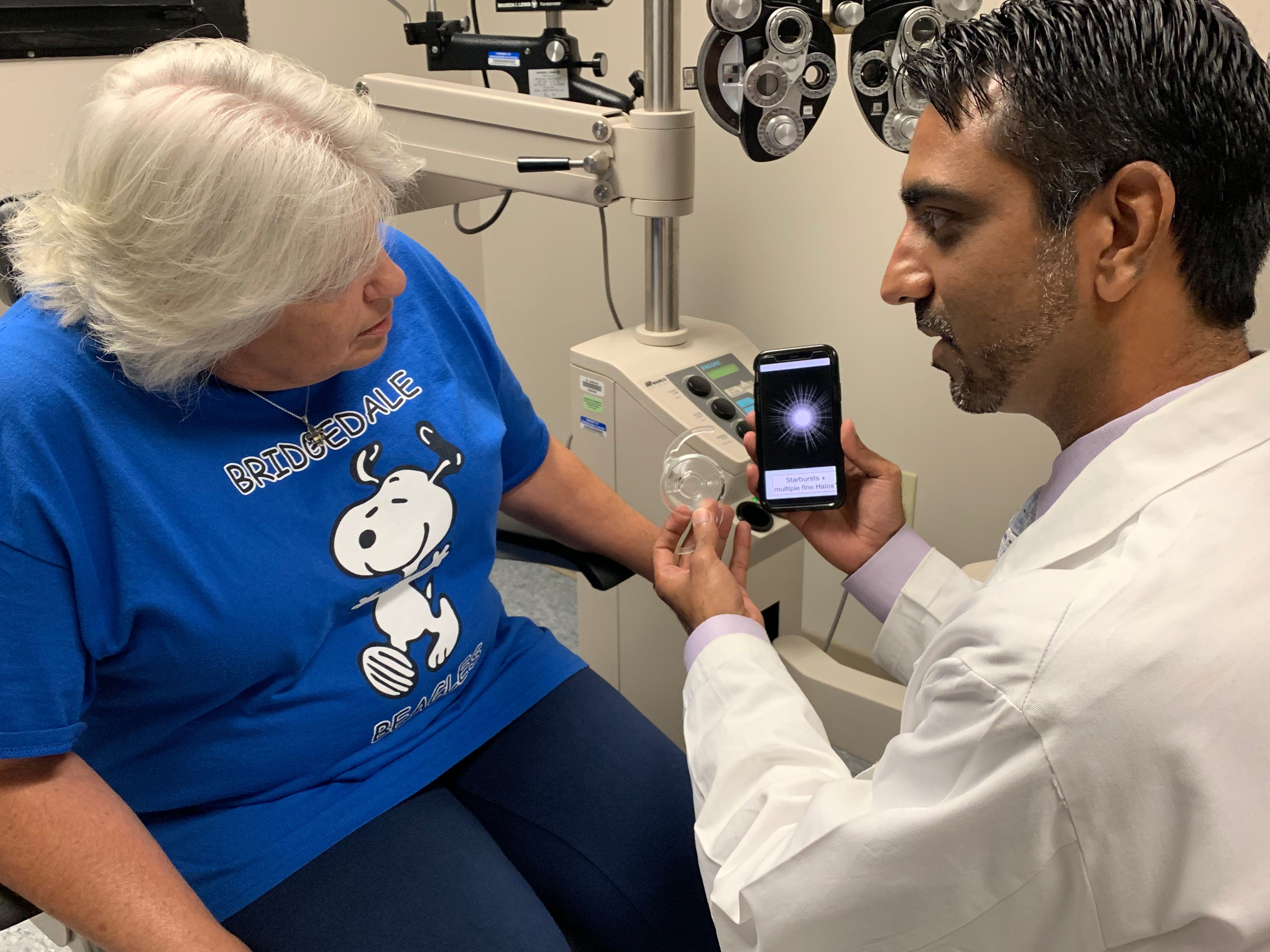
6. Be conservative
I like to be conservative in my recommendations, and I always promise less than what I think I can deliver.
For example, when talking about distance vision, I tell refractive cataract patients that we are aiming for vision that is 20/40 or better, so it will be good enough to pass their driving test without glasses.
That sets the expectation that they might not get a 20/20 result. I also show them a near-vision card with different font sizes and explain that with any technology we use, they will probably still need +1 readers to see really small print (≤ 10pt font).
Most of my patients can read the fine print. However, I strongly believe that the secret to a happy patient is to set reasonable expectations-and then exceed them. I also choose patients with real cataracts. Any slight dysphotopsia they might get from a presbyopia-correcting IOL is likely to be less than what they are already experiencing from the cataract itself.
Typically, when I show pictures of the different dysphotopsias that are possible, patients will acknowledge they already have those.
NEXT: 7. Skip the techno-babble
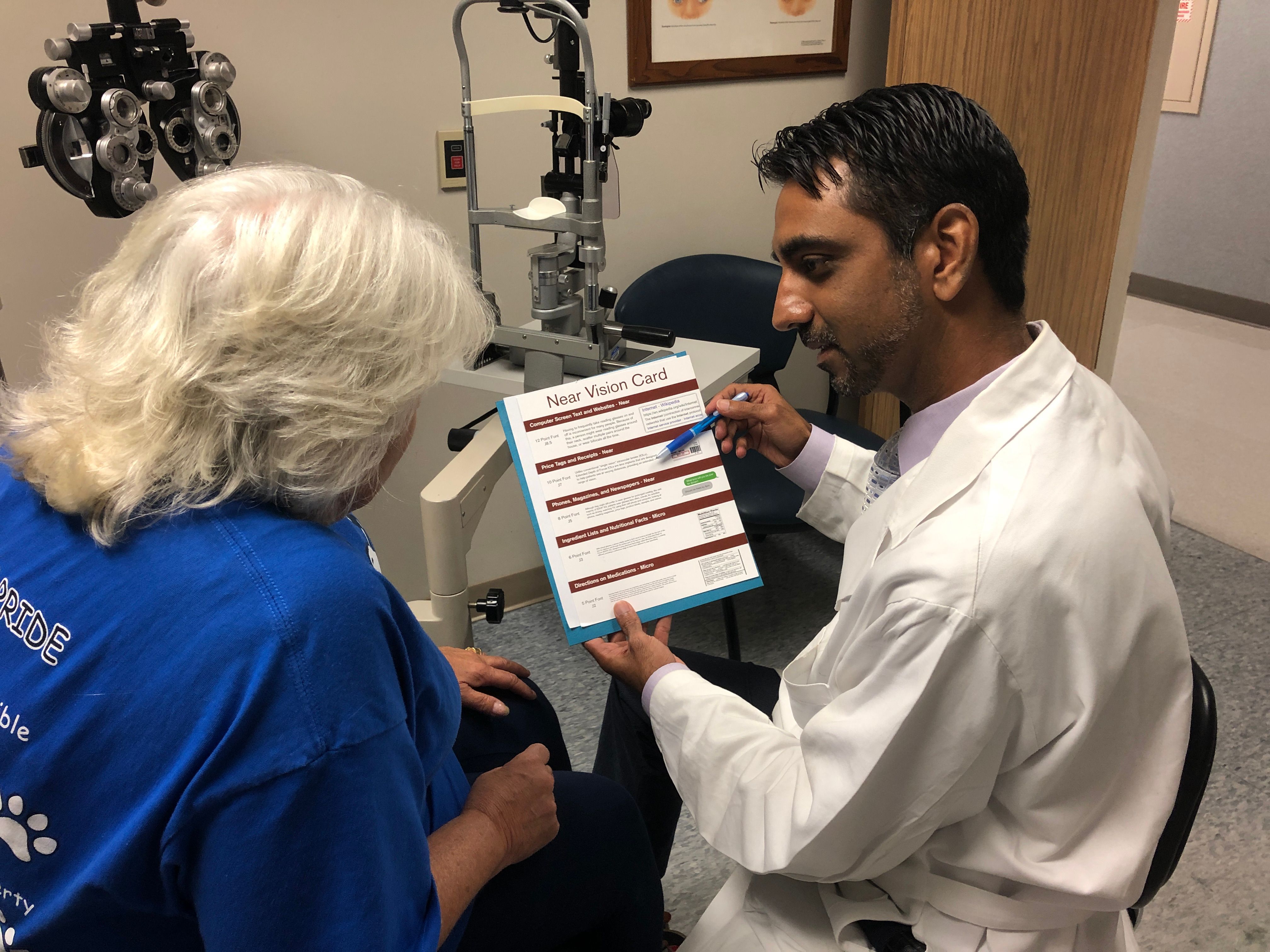
7. Skip the techno-babble
When you describe options, it’s important to communicate in a way that is understandable. Most patients don’t even understand the concept of astigmatism, so if you start throwing around terms like “intraoperative aberrometry,” “multifocality,” and “femtosecond laser,” you will likely lose them. I use simpler terminology and focus on the outcomes rather than the technology.
Here’s a script of what I say:
“Look, there are two ways to do cataract surgery: There is the traditional way, and it works great, but most people still need glasses. You have the opportunity when you have cataract surgery to use more modern technology-what we call ‘laser-assisted surgery.’ That term encompasses a lot of different technology that I’m not going to go into in detail, but let’s call it the ‘fancy cataract surgery.’ Basically, it allows you to minimize your need for glasses and gives you better uncorrected vision so when you wake up in the morning, you are seeing better because you don’t need the glasses as much.”
If a patient is interested (and is also a candidate for a presbyopia-correcting IOL), I go on to explain further:
“And there are two options with the laser-assisted surgery: We can focus only on distance, where you’ll still need reading glasses for everything within arm’s reach. Or we can give you more of a range, so you can see well at a distance, like for driving and watching TV, but also be able to see the computer and cell phone and read medium-sized print (12- to 14-point font, Fig 7). Our goal with that second option would be that for most of your day you wouldn’t really need readers at all.”
It’s a quick and simple explanation that focuses on what patients care about most.
NEXT: 8. Don't decide based on assumed financial ability

8. Don’t decide based on assumed financial ability
When physicians try to guess whether patients can afford laser or premium IOLs, we often make assumptions that aren’t true. Additionally, if you sound like a salesman, patients will shy away from the choice-regardless of their income status. But if you present the options honestly and with sincerity, patients are perfectly capable of making decisions about what is valuable to them.
Most cataract-aged patients have some discretionary income at this stage in their life, and they value their vision more than physicians think.
I don’t delve into the cost discussion much myself, preferring to leave that for staff, but if a patient tells me they are torn about the price tag, I say, “You know, it is an investment, to be sure, but it’s one you will use every waking moment of your life for the rest of your life.”
I also point out that, over time, the one-time cost of presbyopia correction may not be that much more than getting new bifocals every couple years.
NEXT: 9. Up your game

9. Up your game
Is refractive cataract surgery harder for the surgeon? Of course it is.
If you want to implant presbyopia-correcting IOLs successfully, you have to step up your game. You need to have advanced diagnostic technology and be proactive about correcting astigmatism.
I think you need to be within 0.5 D of your target 80-90% of the time-which means you have to routinely track your outcomes to even know if you are hitting this goal.
But for surgeons who put in this level of effort, it opens up a whole new world of cataract surgery that, at least in my experience, is much more satisfying for both surgeon and patient.
Dr. Shah is medical director of Ochsner Baptist LASER Vision Center in New Orleans, LA. Contact him at pshahmail@yahoo.com.
Newsletter
Don’t miss out—get Ophthalmology Times updates on the latest clinical advancements and expert interviews, straight to your inbox.





